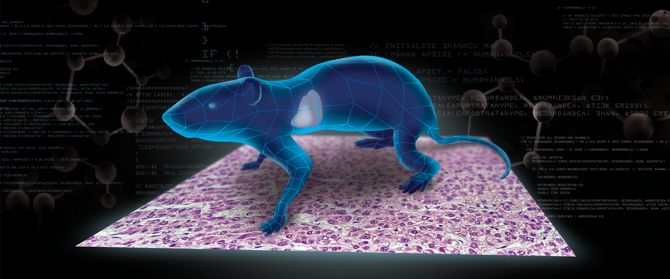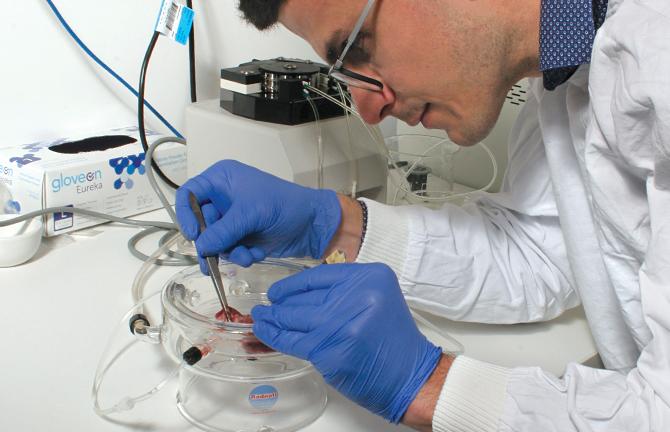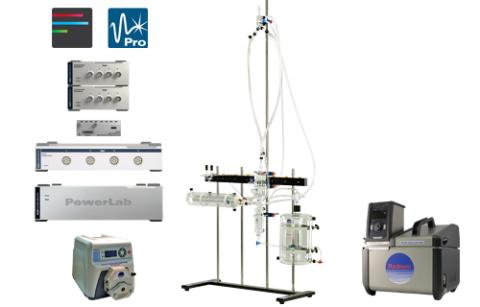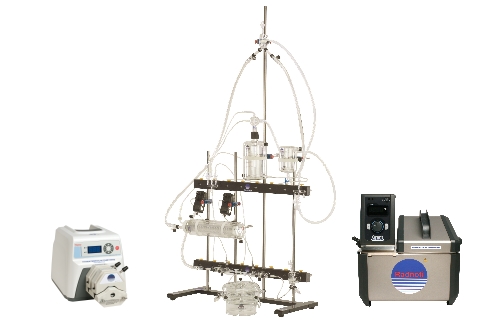What is isolated organ research - and why should you be doing it?
As the name implies, isolated organ research involves the removal of an organ from the body and maintaining its physiological function for experimental purposes.
The technique is incredibly useful when it comes to investigating an organ’s physiological and pharmacological responses to various stimuli (drugs or chemicals), without the interference of other systemic processes.
Over the last 100 years, organs such as the heart, liver, kidneys and lungs, have been studied using a variety of isolated organ techniques including, whole organ, partial organ, perfused organ, and non-perfused organ protocols.
So for those of you yet to try the technique out for yourself, here are three reasons why isolated organ research may be of benefit in your research lab!
Three key benefits of isolated organ research
1. Clarity and speed
Normally, when physiological conditions change, the body adapts accordingly to maintain systemic homeostasis, which can result in many physiological parameters changing simultaneously. By removing the organ and studying it in a controlled environment, recorded responses are free from bodily influences, which can be unseen or unknown. This means when it comes to the analysis, you can gain clearer and more definitive results in a relatively easy and quick manner.
Additionally, you have the added advantage of being able to record any visual observations such as color or morphological changes that may occur during the experiment, providing additional qualitative data.
2. Full environmental control
An isolated organ system allows you to control the organ’s environment, such as fixing or changing the buffer or perfusate composition, temperature, pressure, flow, and oxygenation, which are normally subject to homeostatic control. This means you have the ability to create and maintain different pathophysiological conditions e.g. hypoxic, hypo/hypertensive or toxic (drug) conditions, without normal homeostatic functions interfering.
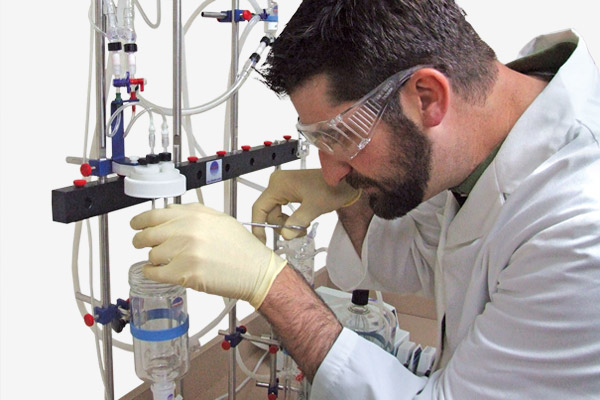
Control of the isolated organ environment is made easy using accurate and precise monitoring and recording tools, such as our temperature and pH kit, O2 & CO2 Kit, and Transonic flowprobes and flowsensors which can be added onto any of our isolated organ systems.
3. Flexibility and direct measurements
Lastly, with an isolated organ system, you have the flexibility to easily scale up or down the complexity of the experiment protocol as required by the study. In addition, since it is an invasive method, you can directly place sensors or electrodes on the organ to increase measurement precision and accuracy.
Related: How to set up a typical isolated perfused rodent liver (IRPL) experiment.
ADInstruments Advantage
ADInstruments presents you with the opportunity to measure and analyze a variety of different signals from an isolated organ preparation using the same recording and analysis platform. Using our PowerLab data acquisition system and LabChart analysis software, you can simultaneously record different signals within the same software and easily discern relationships between the recorded signals.
For example, if you wanted to look at the pharmacological effects of a particular drug on an isolated heart - you could administer different concentrations of the drug to the heart, whilst simultaneously measuring any changes to cardiac parameters such as heart rate (ECG), contractility (using a bridge amp and force transducer) or blood pressure. Then using LabChart’s Dose-Response Module, you could quickly automate the derivation of the corresponding dose-response curve, to automatically calculate the EC50 value.
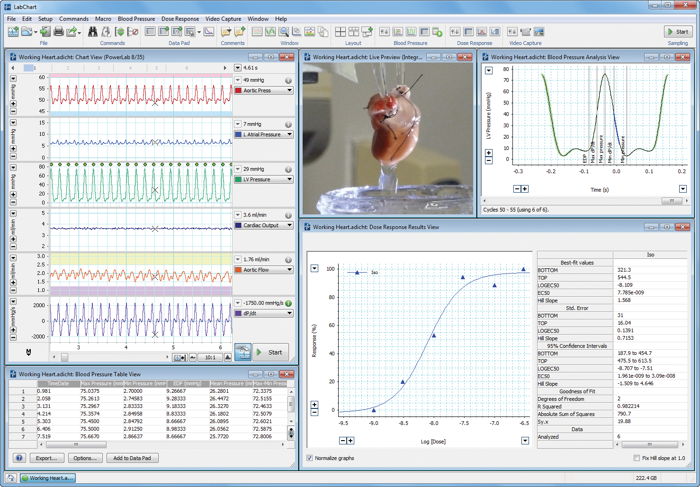
Quickly extract parameters of interest using LabChart 's powerful features such as Video Capture, Dose-Response, and Blood Pressure Add-Ons (pictured above).
The isolated perfused rodent liver (IPRL)
For many years, ADInstruments has partnered with Radnoti - experts in creating fine, high-quality, glassware required for isolated tissue-organ research, to provide a variety of solutions for isolated heart experiments including Langendorff and Working Heart Systems. For our latest partnered product, we have created a solution for studying the liver in isolation. First reported by Claude Bernard in 1855, the IPRL has remained a reliable and popular reperfusion model for application areas including:
- Liver role studies
- Liver damage assessment
- Liver preservation and transplantation studies
- Study of liver diseases: hepatitis, cirrhosis, liver cancer, liver failure
- Liver relationship to insulin and hormonal regulation
Our latest Isolated organ products:
Isolated Perfused Rodent Liver Foundation System
A foundation system that provides the glassware for perfusing an isolated rodent liver to maintain its hepatic function. It has acquisition hardware and software for data collection and analysis, including pressure, flow, and temperature.
Radnoti Isolated Rodent Liver/Kidney Apparatus
Already have a PowerLab and LabChart? Then this is the solution for you. A glass apparatus designed to maintain the function of an isolated rodent (mouse or rat) liver or kidney preparation, and measure up to two perfusion pressures in the perfusion circuit.
Wanting to get started with our isolated liver system but don't know where to start? Check out our short guide on key considerations when performing an IPRL experiment.
Related:
Effects of constant flow vs. constant pressure perfusion on Langendorff isolated heart studies
Langendorff vs. Working Heart Perfusion – What’s the difference?
Choosing the right perfusate for a Langendorff Isolated heart preparation
References
Yeh T., Wechsler A.S. (1998) The Isolated Organ in Research. In: Troidl H., McKneally M.F., Mulder D.S., Wechsler A.S., McPeek B., Spitzer W.O. (eds) Surgical Research. Springer, New York, NY
Shatoor, Prof. Abdullah & Al-Hashem, Professor Fahaid & Elkarib, Abbas & Sakr, Hussein & Alkhateeb, Mahmoud. (2012). EC50 of adrenaline-atenolol: Functional agonist assay using Langendorff isolated rabbit heart tethered to PowerLab data acquisition system. African journal of pharmacy and pharmacology. 6. 1092-1098. 10.5897/AJPP12.123.
Bessems M et al. 2006, The isolated perfused rat liver: standardization of a time-honoured model, Laboratory Animals.
